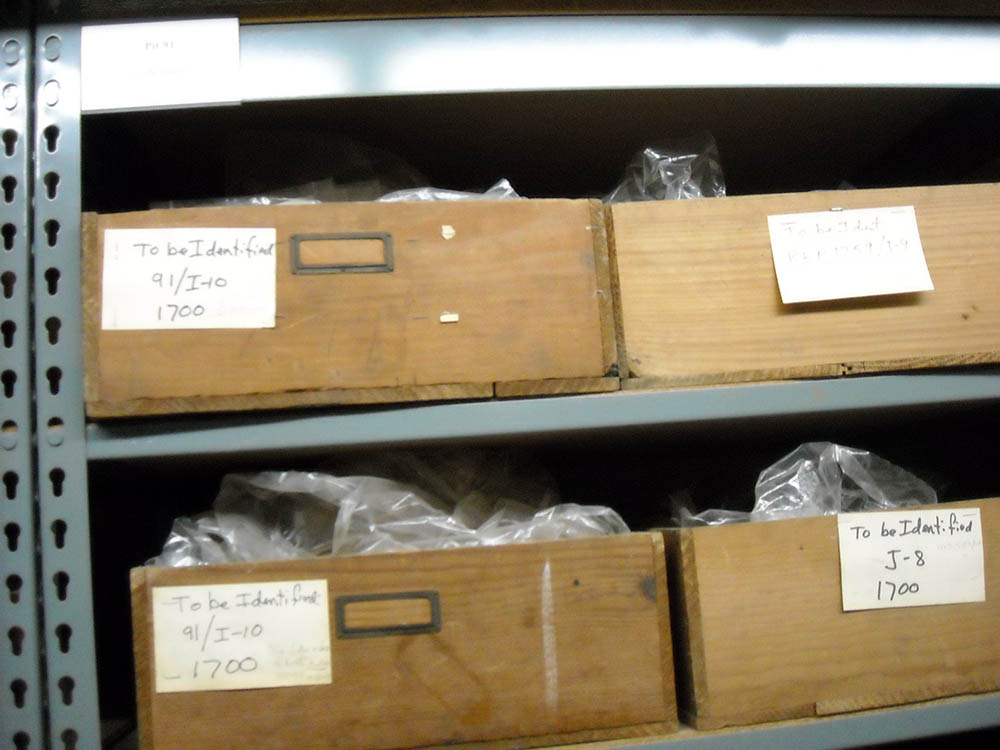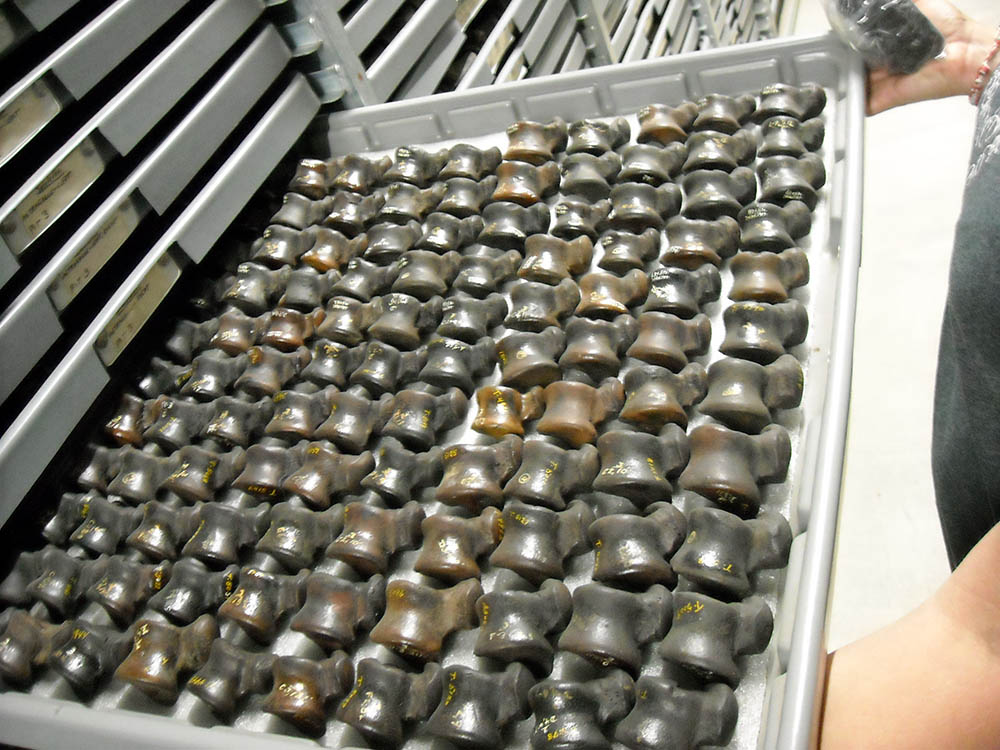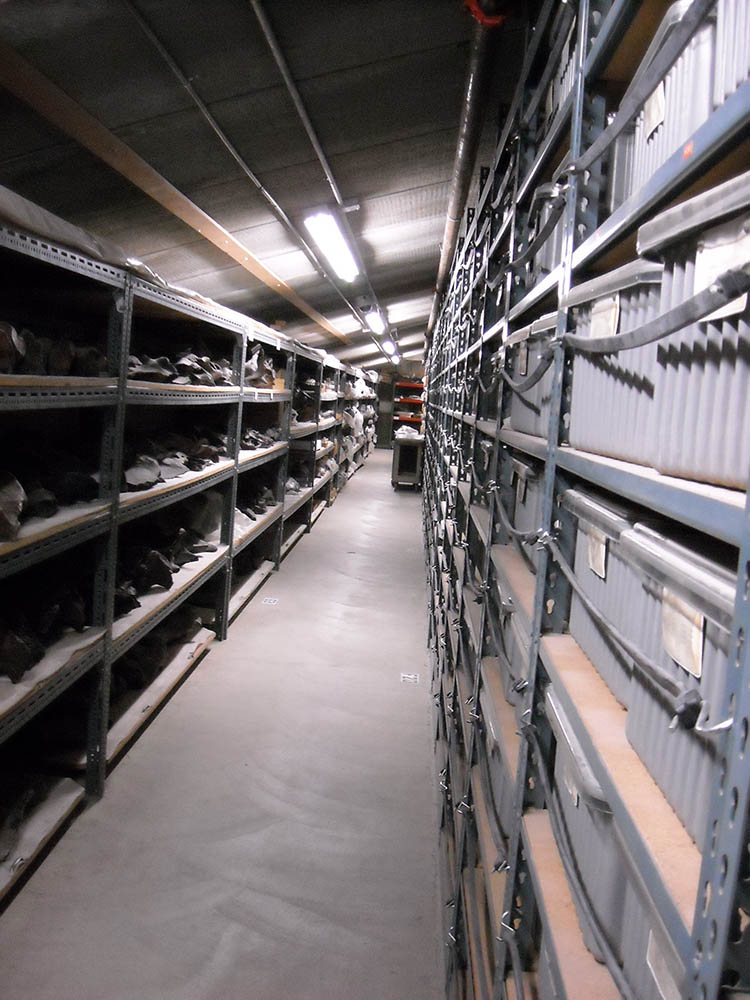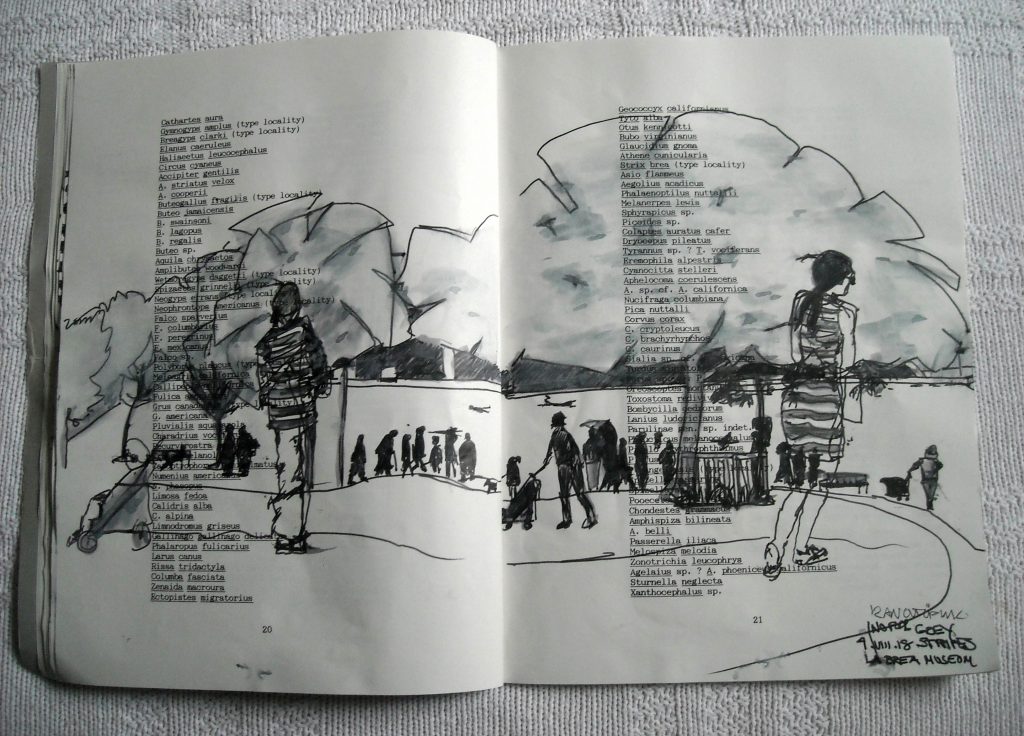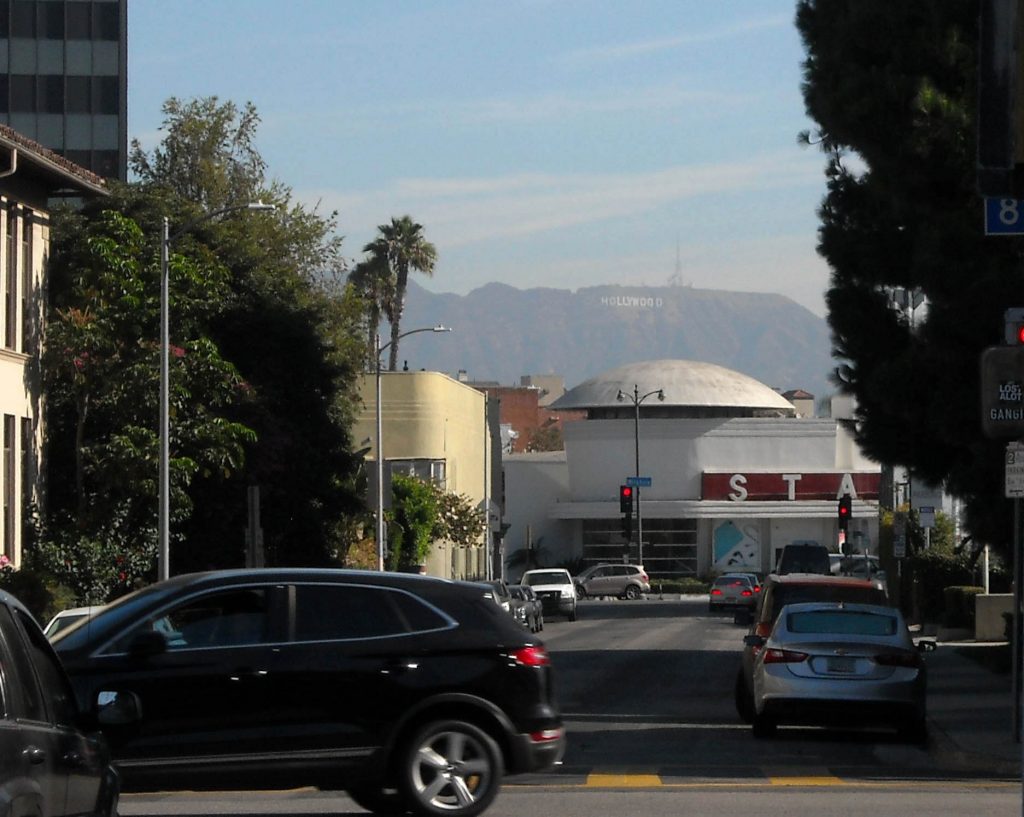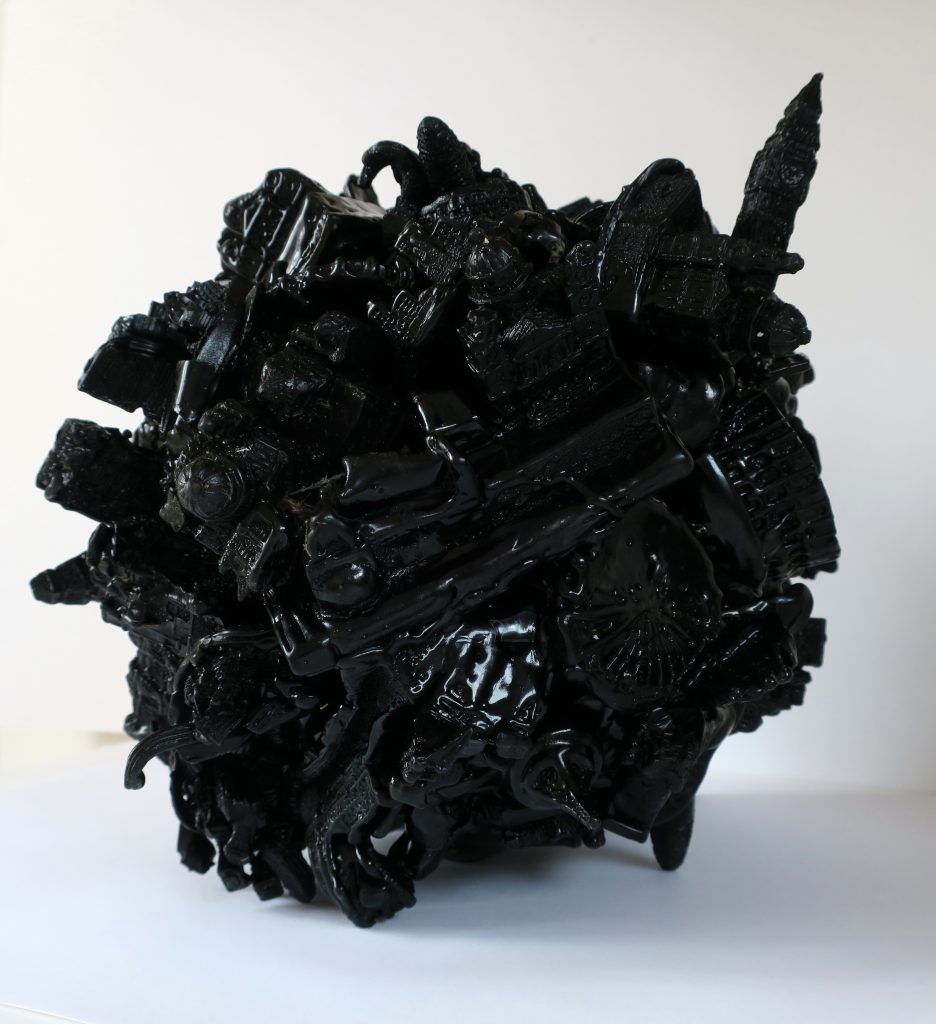In La Brea land, the work involves the past, mostly the past before human contact. It takes time to process the data and collections. There is a backlog of material waiting to be cataloged. Researchers have particular interests. The public knocks on the glass wanting to know more, now. Natural history museums, cautious curators caring for the distant past, are finding their way to preserve slow time in the frenetic, space and speed of the contemporary world.
“We’re not Wall Street. What we do takes time. This is about serious investigation not whimsy.”
“Natural History helps us to understand deep time Los Angeles. Without the meta data these are just ‘things’.”
“Currently, the museum is a static experience. We want to show how it is living. We deal with researchers, staff and the public. We are Fossil Librarians doing triage, acting as gatekeepers, deciding what is significant. As the rarefaction curve nears 95%, there are diminishing returns.”
Collections Manager, “This is the longest running urban site for paleontology. The Society for the Preservation of Natural History Collections (SPINACH) hopes to make museums like this places with a purpose other than pure curiosity”.
Professor, “What about the plants?”
